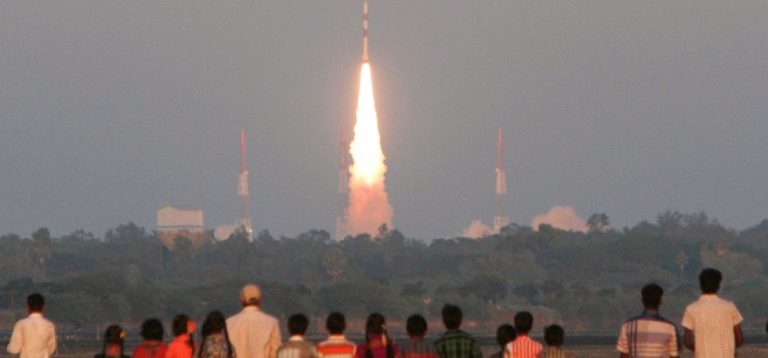India’s own Mars Orbiter Mission was popularly known as Mangalyaan was launched by the Indian Space and Research Organization (ISRO) back on November 5, 2013. On 24-9-2014, it has finally reached mars. Not only in India, but success is also being celebrated and appreciated worldwide.
India’s Mars Orbiter Mission has successfully been deployed in the Martian orbit, making India only the 4th country in the world to have a successful mission to Mars in its name.
Here are 10 interesting facts about Mangalyaan that you should know
Interesting facts about Mangalyaan
1. India is the first country to conduct a successful Mars mission ‘Mangalyaan’ on its first attempt. Before India, different countries have launched Mars missions, but out of the 51 attempts, only 21 have been successful. Only 3 countries have sent successful Martian missions. India is the 4th.
2. By placing Mangalyaan in the Mars orbit, India joins the US, the European Space Agency, and Russia in the elite club of Martian explorers. China and Japan have failed.
3. The Mars Orbiter Mission was achieved on a budget of $74 million, nearly a tenth of the amount the U.S. space agency NASA spent on sending the Maven spacecraft to Mars. PM Modi had said that India’s Mars mission cost less than what it took to make the famous Hollywood space movie “Gravity.”
4. The project was only approved by the government in August 2012. It took ISRO just a little over a year to put together the spacecraft and the project. In August 2013, ISRO announced that a mission to Mars will soon be launched, and on November 5th, the PSLV rocket carrying Mangalyaan left for its 300-day journey to Mars.
5. At Rs 450 crore for 780 million km, it costs Rs 5.77 per km, less than the fare of cabs and autos in India.
6. Within the first fours hours of launching its Twitter account, @MarsOrbiter had more than 32,000 followers. Also, #Mangalyaan, #IndiaAtMars, #marsorbitormission, and Martian were among the top 10 Twitter trends in India.
7. Five solar-powered instruments aboard Mangalyaan will gather data to help determine how Martian weather systems work and what happened to the water that is believed to have once existed on the planet in large quantities.
8. The Indian Deep Space Network will take care of navigation and keep a check on the operations of the mission. NASA’s Deep Space Network will assist in administrations amid the non-visible time of the Indian Deep Space Network.
9. The primary objective of the mission is to showcase the country’s rocket launch systems, spacecraft-building, and operations capabilities. The satellite will also help in deep space communication, navigation, mission planning, and management and will also incorporate autonomous features to handle contingency situations.
10. On October 19, 2013, ISRO chairperson K Radhakrishnan announced that the launch had to be postponed by a week due to the delay of a crucial telemetry ship reaching the Fiji Islands. The launch was rescheduled for November 5, 2013.

